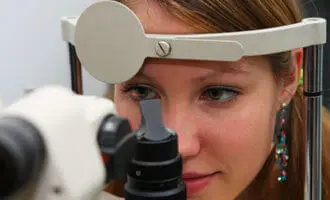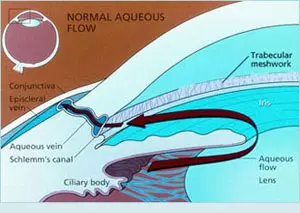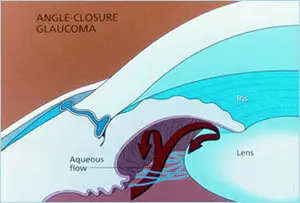

Our Office Has Moved!
Visit Us at Our New Location:
Newport Beach, CA 92663


Our Office Has Moved!
Visit Us at Our New Location:

For over 25 years Dr. Reiter has specialized in evaluating and assessing the eye for the risk, presence and progression of glaucoma. His office provides the latest medical, laser and surgical glaucoma treatments. Glaucoma is a leading cause of blindness in the United States, yet there are no warning signs. Symptoms do not occur until the disease has caused irreversible damage. Many patients have risk factors that make them more likely to develop glaucoma. If these risks are detected early enough, it is possible to prevent the development of glaucoma. If the disease is present, the timely use of medical, laser and surgical treatment can arrest it.
Once Dr. Reiter determines that you are a glaucoma suspect and are likely to progress to having glaucoma, he will make a plan to minimize your chance of progression. This may involve simple observation and nutritional supplements. The goal of any treatment plan is to develop a course of action that minimizes the risk of both the disease and the treatment options. The disease is evaluated and followed by measuring intraocular pressure, central corneal thickness, visual fields and retinal nerve fiber thickness/ganglion cell density at varying time intervals. Dr. Reiter may recommend the use of medications, lasers or surgery if lowering the intraocular pressure is necessary.
Risk categories are used to manage observation periods and help guide the decision to initiate and regulate treatment.
If you have a strong family history of glaucoma and/or have anatomic attributes that strongly suggest that you will get glaucoma as you age, but do not have it now, you are a glaucoma suspect. Your risk of getting the disease is increased. In this situation, baseline tests are done and you are followed yearly.
If you have increased intraocular pressure and do not yet have damage to your retina, you have ocular hypertension. This places you in an increased risk category, higher than glaucoma suspect, for developing glaucoma. The higher your intraocular pressure is, the more likely you are going to be given the option for laser or medical treatment to lower your risk of getting the disease. This situation is similar to having high blood pressure. High blood pressure makes it more likely that you will get a heart attack or stroke and lowering it lowers the chance that you will have one of these life altering events.
POAG is the most common and is associated with elevated intraocular (inner eye) pressure. Risk factors include genetics, aged 40 and older, family history of the disease, thin corneas, optic nerve hemorrhages, African descent and myopia. The higher your intraocular pressure is, the more likely it is that you will get glaucoma and that it will progress, eventually causing decreased or poor quality vision.


The next most common type of glaucoma is low tension glaucoma. This type can be aggressive or slow moving and occurs in the presence of normal pressures. Treatment is more difficult than with POAG because it is more difficult to lower a normal intraocular pressure than an elevated one. This disease is associated with migraines and various types of vascular disease (such as lupus).
The least common form of glaucoma in North America is narrow angle glaucoma. This is seen in patients with hyperopia (farsightedness) and large crystalline lenses. Narrow angle glaucoma is often inherited, occurs in both eyes, one at a time, and is more common in patients of Asian descent. Fluid circulation between the back and front of the iris is stopped by an adhesion of the iris to the underlying crystalline lens. When high risk individuals are identified, laser peripheral iridotomy (LPI) is done to prevent the occurrence of an acute narrow angle glaucoma attack. If an acute narrow angle glaucoma attack occurs, the intraocular pressure rises to a very high level and the eye becomes painful and inflamed. The stagnant intraocular fluid becomes sticky and the iris can permanently adhere to the lens and scar over the drain (trabecular meshwork). This causes cataracts and elevated intraocular pressure that can be very unresponsive to medical and laser therapy. Surgery is frequently the only therapy available once this happens. LPI can prevent Narrow Angle Glaucoma if done in time.
The establishment of a diagnosis and the institution of proper treatment of intraocular pressure remains the mainstay of treatment for all types of glaucoma. The medical treatment of glaucoma often produces ocular surface disease (OSD) from chronic drug and preservative exposure. Dr. Reiter and his staff are trained to recognize the warning signs of glaucoma and OSD and will use state-of-the-art equipment to keep your eyes and vision healthy. Call Dr. Reiter today for a consultation.
